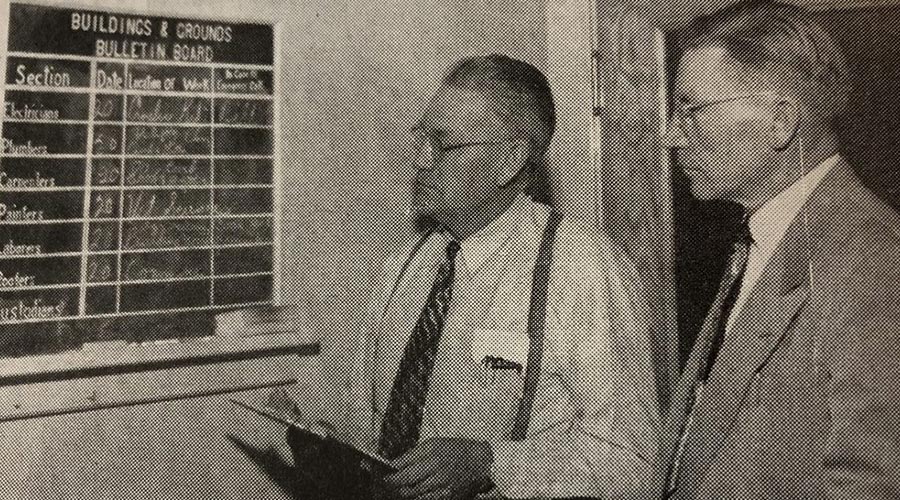Leadership a Major Barrier to Industrial Energy Savings, Association Says
U.S. manufacturers can lower their energy costs – if they can overcome certain identifiable internal barriers to making energy improvements within their own organizations – says a new report by the Alliance to Save Energy.
U.S. manufacturers can lower their energy costs – if they can overcome certain identifiable internal barriers to making energy improvements within their own organizations – says a new report by the Alliance to Save Energy.
According to the report, Executive Reactions to Energy Efficiency, a lack of sustained managerial commitment to managing energy costs leads to waste that drains industrial profits.
Management’s excessive attention to fuel prices – which consumers cannot control – ignores the potential to save money by reducing unnecessary energy consumption, the report points out. As a result, U.S. industry ends up using – and paying for – 10 to 20 percent more energy than it needs to. With energy priced at $6.50 per million Btu, energy-intensive industrial processes are forfeiting an aggregate of $20 billion to $40 billion per year through energy waste.
Industry requires 33 quadrillion Btu of energy per year – a volume great enough to have an impact on the prices paid by residential and commercial consumers for natural gas, electricity, and fuel oil. For this reason, a variety of government and utility-sponsored programs have attempted to provide technical assistance to help industry make energy-efficiency improvements.
But these programs have enjoyed limited success, ASE says, largely because of organizational barriers within manufacturing facilities. Specifically, top-level managers are not always aware of energy waste and the energy-efficiency strategies that could improve business performance.
“Industrial executives make a name for themselves by growing revenues,” said Christopher Russell, director of industrial programs at the Alliance to Save Energy. “Few, if any corporate leaders, ‘save’ their way into positions of power. But when top management does not support energy cost control, energy-saving efforts quickly fizzle out,” Russell added.
Another barrier to making industry more energy-efficient is that most manufacturing procedures and job descriptions were designed before the price of energy emerged as a critical problem.
As a result, the way a company organizes, directs, and rewards its people – its organizational culture – can actually prevent it from controlling its energy costs. Russell explains: “Two ‘facts of organizational life’ prevent many manufacturers from reducing energy expenses. First are the natural turf issues that cause departments within a facility to compete with each other for budget dollars and authority.
“The other is the tendency to assign tasks like energy cost control as a ‘project’ for a single department, which is limited to doing tasks that its budget and authority will allow. By approaching energy cost-control as a project, facilities fail to address savings that are created and sustained through facility-wide changes to day-to-day operating procedures.”
Executive Reactions to Energy Efficiency describes in detail the issues and lessons learned from industrial energy program research and industry case studies. It is one of four new industrial reports published on the Alliance to Save Energy’s Web site.
Related Topics:











